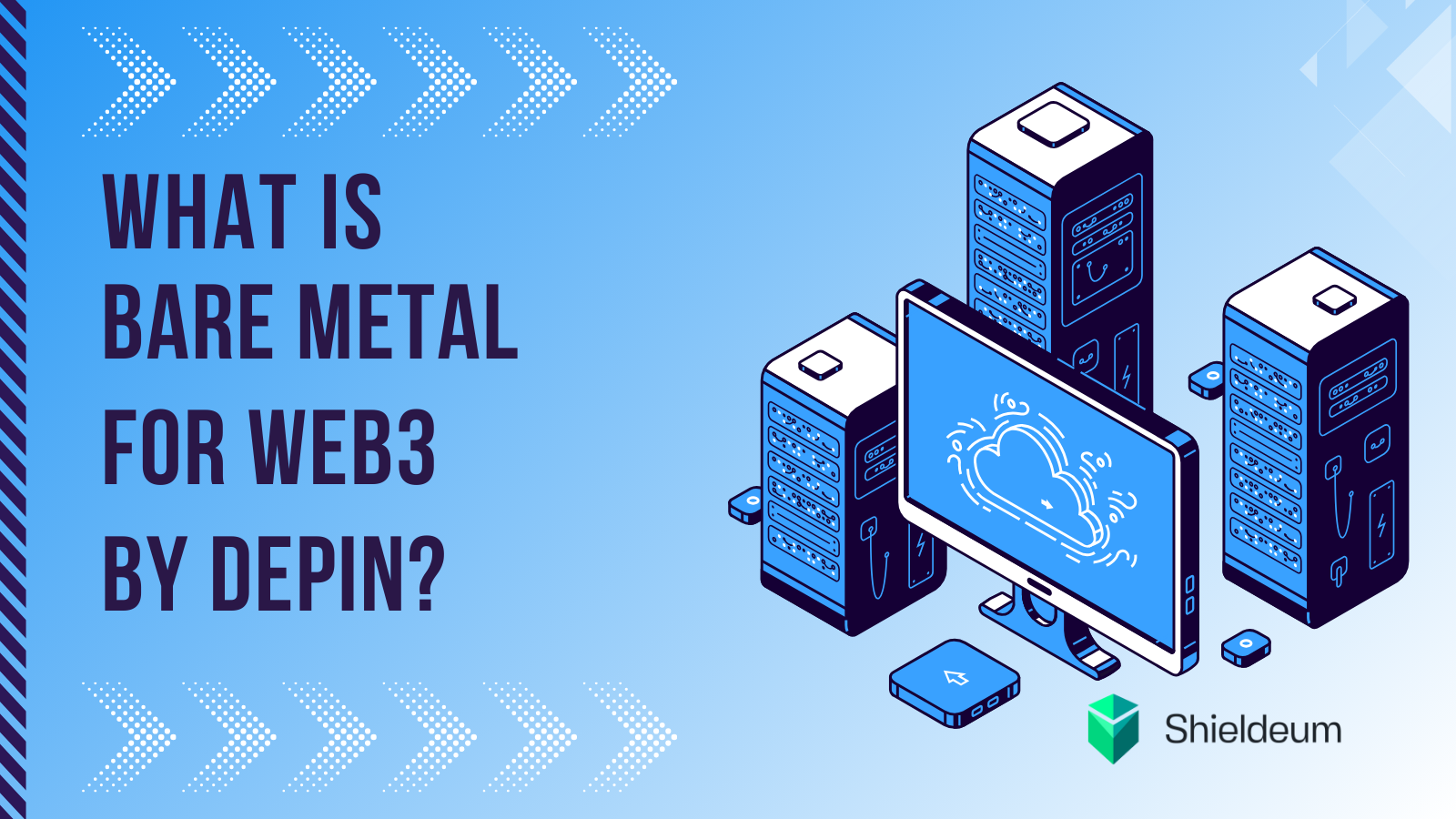The Role of Decentralized Finance (DeFi) in Web3 Phishing
Decentralized Finance (DeFi) has revolutionized the financial landscape, providing users with unprecedented access to financial services without the need for traditional intermediaries. However, the rapid growth and innovation in the DeFi space have also made it a prime target for phishing attacks. In this article, we explore the role of DeFi in Web3 phishing, examining how these attacks occur, their impact on the ecosystem, and best practices for protecting against them.
Understanding DeFi and Its Appeal
DeFi encompasses a broad range of financial applications built on blockchain technology, including lending platforms, decentralized exchanges (DEXs), and yield farming protocols. These platforms offer numerous benefits, such as increased transparency, reduced costs, and greater accessibility. However, the very features that make DeFi attractive—permissionless access, high liquidity, and user control—also present unique vulnerabilities.
How Phishing Attacks Exploit DeFi
- Fake DeFi Platforms and Tokens
Impersonation of Legitimate Projects: Phishers often create fake websites or dApps that closely resemble legitimate DeFi platforms. These fraudulent sites are designed to steal users' private keys, seed phrases, or prompt them to approve malicious smart contracts.
Fake Tokens: Attackers issue counterfeit tokens that mimic popular cryptocurrencies or newly launched tokens. Users who interact with these tokens, either by trading or providing liquidity, unknowingly expose themselves to risk.
- Malicious Smart Contracts
Approval Exploits: One of the most common phishing tactics involves malicious smart contracts that request extensive permissions. For example, a smart contract may ask for unlimited spending authority over a user's tokens. Once approved, the contract can drain the user's wallet.
Hidden Functions: Malicious contracts may include hidden functions that trigger unauthorized transfers or manipulate transactions in the attacker’s favor. These functions are often obfuscated, making them difficult to detect even for experienced users.
- Rug Pulls and Exit Scams
Rug Pulls: In a rug pull, developers create a seemingly legitimate DeFi project and attract significant investment. Once enough funds are accumulated, the developers withdraw all liquidity from the project, leaving investors with worthless tokens.
Exit Scams: Similar to rug pulls, exit scams involve project developers disappearing after raising funds through initial coin offerings (ICOs) or token sales, abandoning the project and taking the investors' money.
- Social Engineering in DeFi
Impersonation of Influencers and Developers: Attackers impersonate well-known figures in the DeFi community to gain users' trust. They use social media, forums, and messaging apps to promote fake projects or phishing sites.
Phishing Emails and Messages: Phishers send emails or messages that appear to be from legitimate DeFi platforms, prompting users to click on malicious links or provide sensitive information.
Case Studies: Real-World Examples
- Compound and Fake Governance Proposals
Incident: Phishers created a fake governance proposal on Compound, a popular DeFi lending platform. Users who voted on the proposal were directed to a malicious site that stole their credentials.
Outcome: Several users lost significant amounts of COMP tokens, highlighting the need for caution when interacting with governance proposals.
- SushiSwap and the Fake Token Scam
Incident: A fake version of SushiSwap, a decentralized exchange, was created with a slightly altered URL. The phishing site issued fake SUSHI tokens, enticing users to trade or provide liquidity.
Outcome: Users who interacted with the fake tokens lost their actual SUSHI and other cryptocurrencies, emphasizing the importance of verifying URLs and project legitimacy.
Protecting Yourself from DeFi Phishing Attacks
- Verify Authenticity
Official Sources: Always use official links and sources when interacting with DeFi platforms. Bookmark official websites and avoid clicking on links from unsolicited messages or emails.
Community Vetting: Participate in community discussions and research projects on forums like Reddit and Discord. Verified and reputable community members can provide insights into the legitimacy of a project.
- Review Smart Contract Permissions
Limit Permissions: Be cautious when granting permissions to smart contracts. Use wallet interfaces that allow you to set specific spending limits rather than unlimited access.
Regular Audits: Regularly audit and revoke permissions granted to smart contracts using tools like Etherscan’s Token Approval Checker. This practice helps minimize potential exposure to malicious contracts.
- Security Practices
Hardware Wallets: Use hardware wallets to store significant amounts of cryptocurrency. These devices keep private keys offline, providing an additional layer of security against online attacks.
Two-Factor Authentication (2FA): Enable 2FA on all accounts that support it. This adds an extra layer of protection by requiring a second form of verification for account access.
- Stay Informed
Security News: Keep up with the latest security news and updates in the DeFi space. Follow reputable sources and subscribe to newsletters that provide insights into emerging threats.
Education: Participate in security training and awareness programs to stay informed about the latest phishing tactics and how to avoid them.
Conclusion
The DeFi space, while offering tremendous opportunities, also presents unique risks that can be exploited by phishing attacks. By understanding the common tactics used by attackers and adopting best practices for security, users can protect themselves and their assets. Vigilance, continuous education, and the use of advanced security tools are essential in mitigating the risks associated with DeFi phishing. As the DeFi ecosystem continues to evolve, so too must our efforts to safeguard it from malicious threats.


